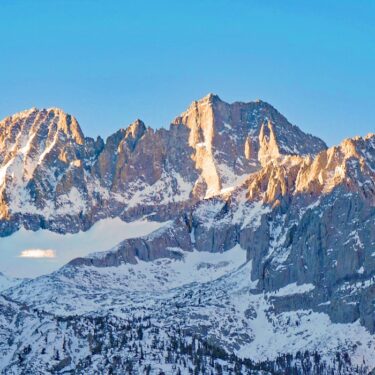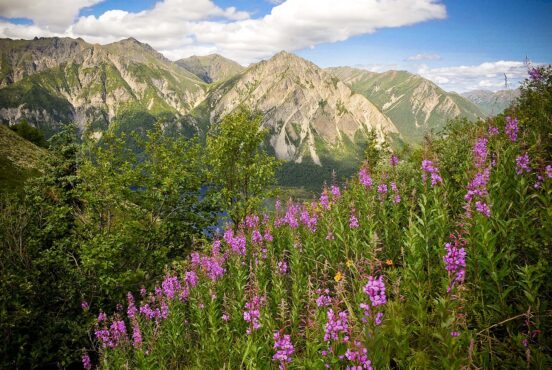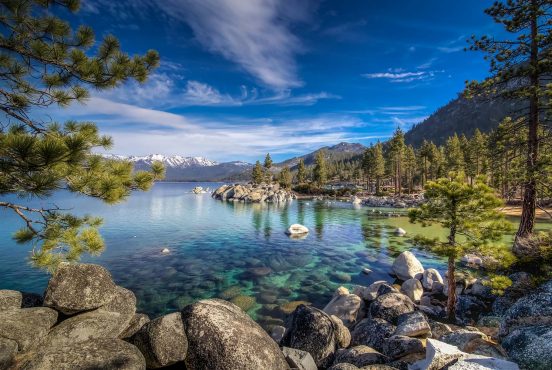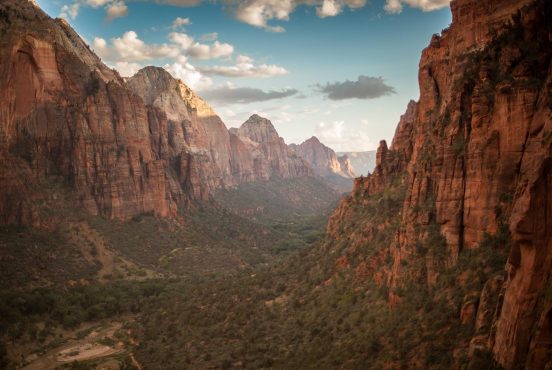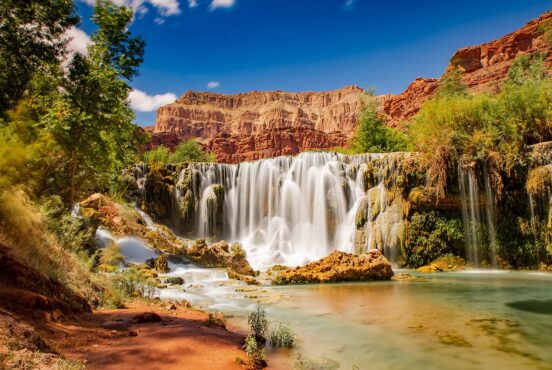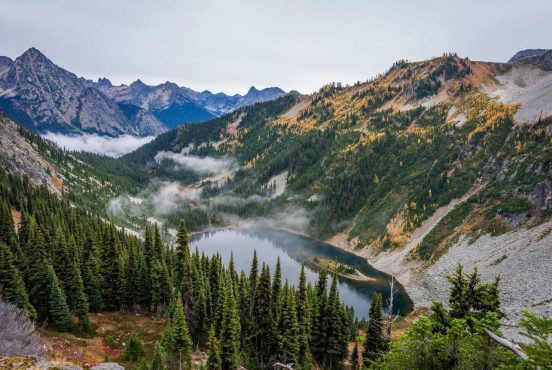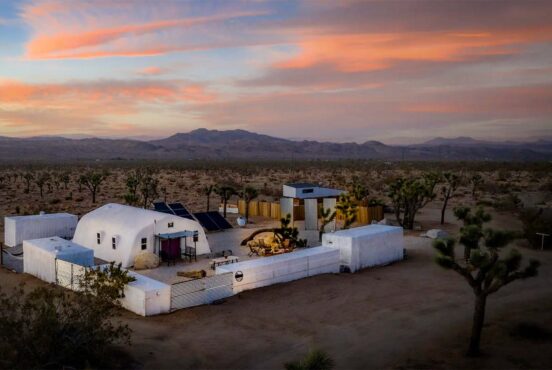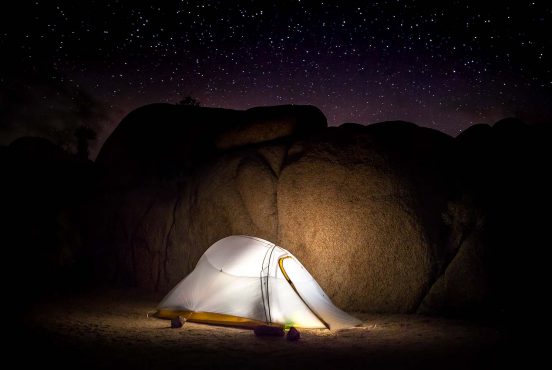Yosemite is what wilderness seekers often dream of when they think of a national park.
Home to towering granite cliffs, shimmering alpine lakes, meadows full of spring wildflowers, and the tallest waterfall in North America, it’s a mecca for nature lovers of all sorts.
Just a 4-hour drive from San Francisco and a 5-hour drive from Los Angeles, the park is perfect fare for a long weekend getaway in the Golden State. This might be why Yosemite National Park routinely receives over 4 million visitors each year (the park has implemented a day-use reservation system since 2020 to try to curb overcrowding).
Even with this new added hurdle, it’s still a bucket list-worthy park that inspired some of photographer Ansel Adams’ and writer John Muir’s more famous works. A park that always feels fresh, no matter how many times you visit it.
A park full of incredible wildlife, tribal history, second-to-none trails, and majestic scenery. Read on for tips on how best to enjoy this legendary park.
Related Read: 11 Stunning Glamping Spots Near Yosemite National Park, California
1. Go Rock Climbing
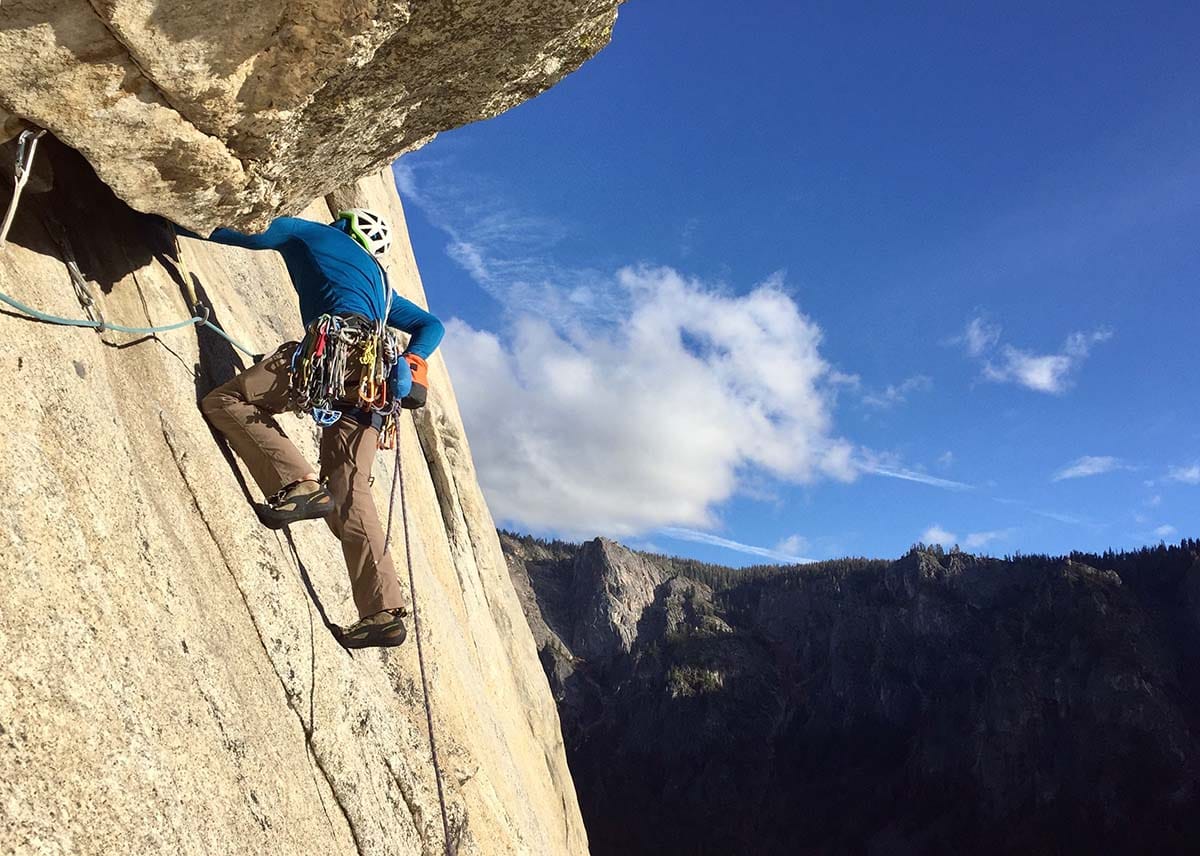
Perhaps the thing Yosemite is most known for is its plethora of enormous granite walls – and the climbers who scale them. The park is one of the only places on the planet where a 3,000-foot cliff face is just a 10-minute walk from the car, drawing big-time climbers, amateurs, and spectators from across the globe.
But don’t worry if you’re not Alex Honnold just yet. Yosemite is home to loads of bouldering problems and more moderate routes, too. Several local guiding services — like Southern Yosemite Mountain Guides and Yosemite Mountaineering School — offer full- and half-day trips onto the craggy walls of this storied park. It’s the perfect way for anyone, from beginners to experienced climbers, to send the gnar in safety.
Related Read: The Most Scenic Los Angeles to Yosemite Road Trip Itinerary
2. Camp in the Valley
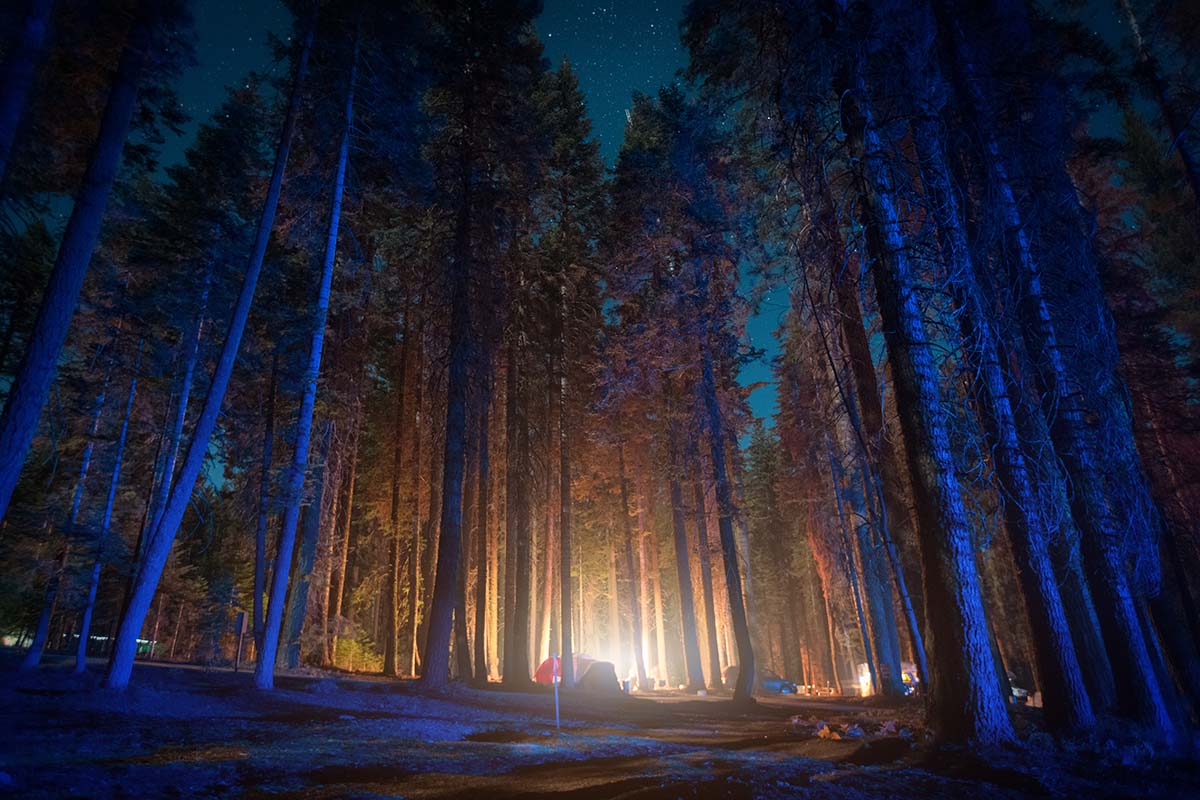
Most travelers to Yosemite National Park cruise around the park’s namesake valley, gaze up at El Capitan, take a short hike to a waterfall, crane their necks to scope out Half Dome, and return to their hotel. But something magical happens at night in the valley.
The crowds thin, the sun’s rays dim, and for the lucky few who book campsites at Upper Pines, Lower Pines, North Pines (Upper Pines is open year-round), or Camp 4 (that one’s first-come, first-served), a celestial show appears. The moon rises beyond the towering hulk of Half Dome, and the Milky Way comes out in full-force.
Imagine sipping your morning coffee and strolling around Mirror Lake at sunrise, before the crowds arrive and completely change the energy.
Yeah, it’s pretty darn special.
3. Watch the Sunset at Glacier Point
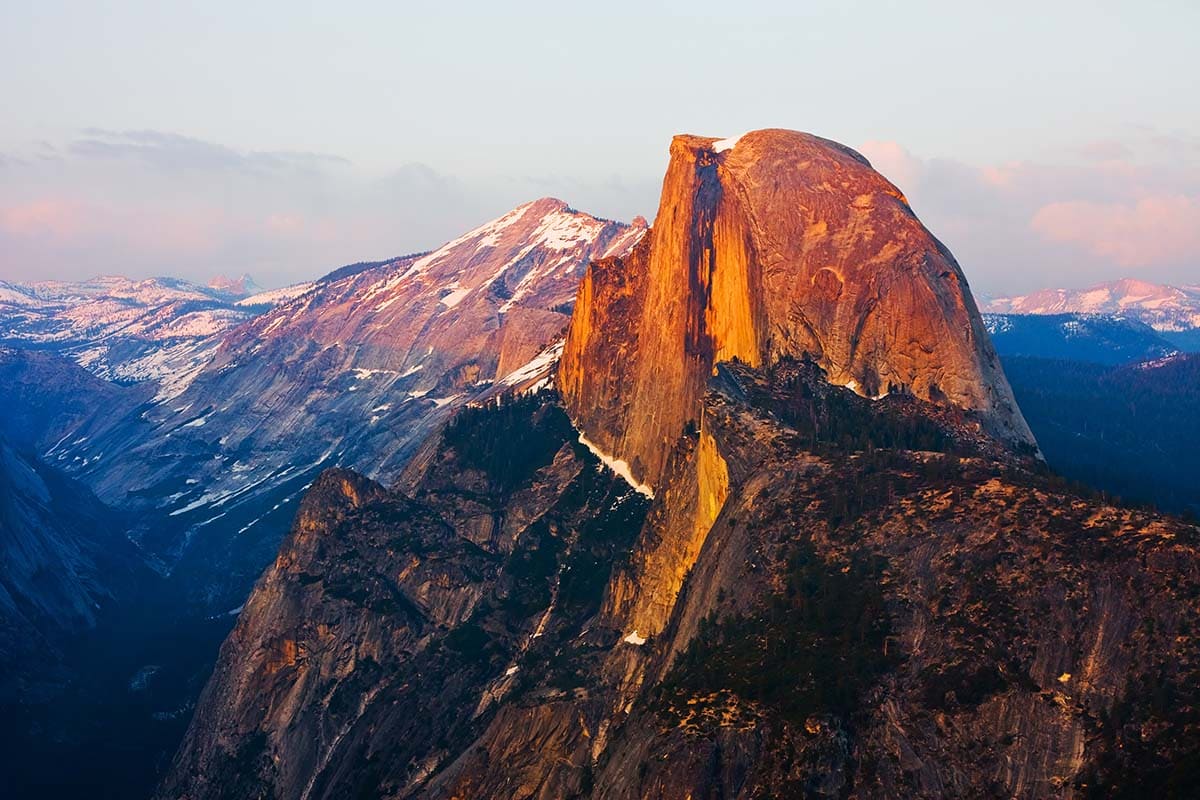
What better place to catch the sun’s rays as they paint the sky amber and mauve than from up high? Glacier Point provides a phenomenal vantage point from which to wind down after a long day exploring Yosemite.
Park in the area’s designated lot (limited parking is available, so be sure to arrive early), then amble over to the rocky slabs overlooking the whole of Yosemite Valley, from Half Dome, to Yosemite Falls, to the High Country just beyond. Bonus points if you set out on a short hike along the Panorama Trail to soak up the sights in silence.
4. Bike the Valley Multi-Use Path.

If you’re looking for a family-friendly way to get out in the Yosemite Valley and take in some of its most famous landmarks (like Yosemite Falls, Half Dome, El Capitan, Bridalveil Falls, Sentinel Dome, and the Merced River), biking around the 12-mile, mostly flat multi-use path is a fantastic way to spend a day.
The park offers a free bike share during the high season (usually opening in late spring), where visitors can check out a bike for short, sub two-hour trips to zip around the valley in style. Just be sure to download the app before heading out.
Want to embark on a longer cruise around the park? Bike rentals are also available at Curry Village, Yosemite Village, and Yosemite Valley Lodge.
Related Read: 10 Killer Backpacking Trails in Yosemite National Park
5. Hike Among Giants
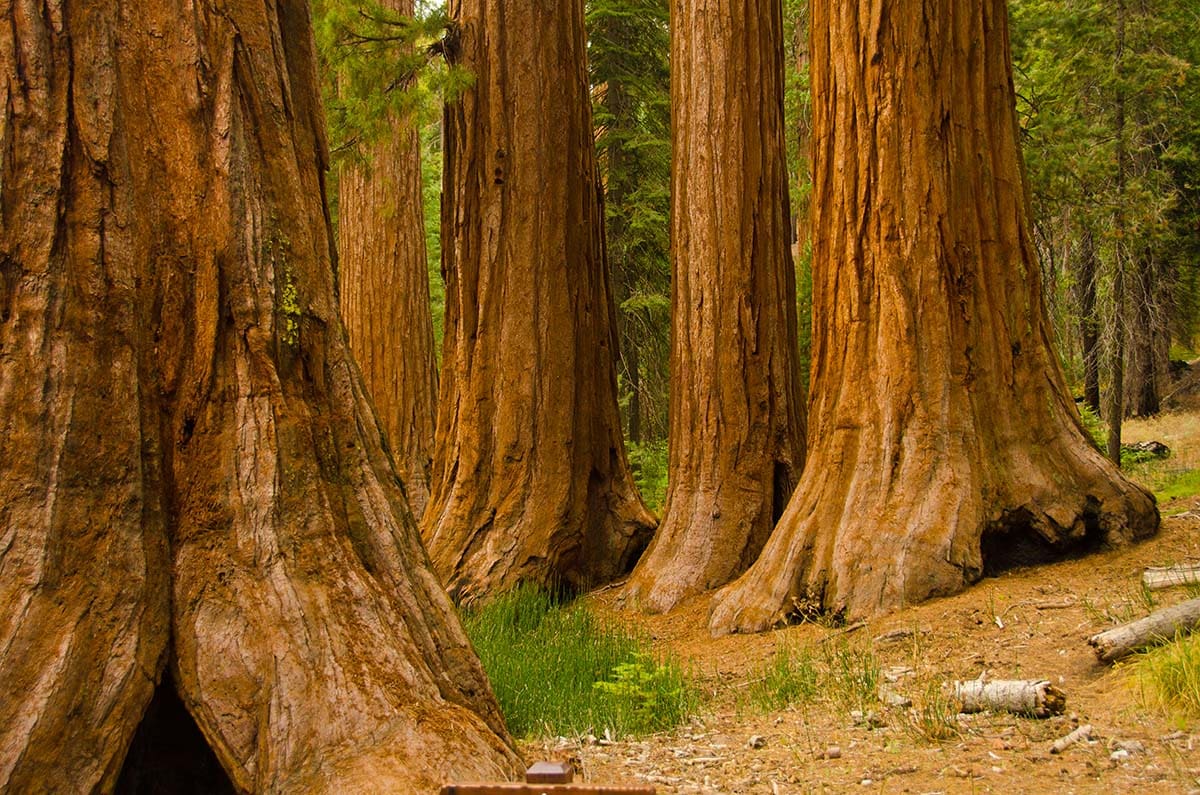
Reopened after extensive trail and facility repairs in 2018, the Mariposa Grove of Giant Sequoias is one of the most beloved stops on any trip into the park. Though the free shuttle bus is not operating this season, hikers willing to put in a few extra miles will be rewarded with close-up views of these enormous, furry-barked trees.
In 2022, plan for a 5.5 mile (round trip) hike to see the famous, 3,000-year-old Grizzly Giant and California Tunnel Tree (ordinarily 2 miles round-trip when the shuttle is running). More serious hikers can trek 7 miles (beginning at the Mariposa Grove Arrival Area) through the mystical forest and up to panoramic Wawona Point.
6. Explore Tioga Road
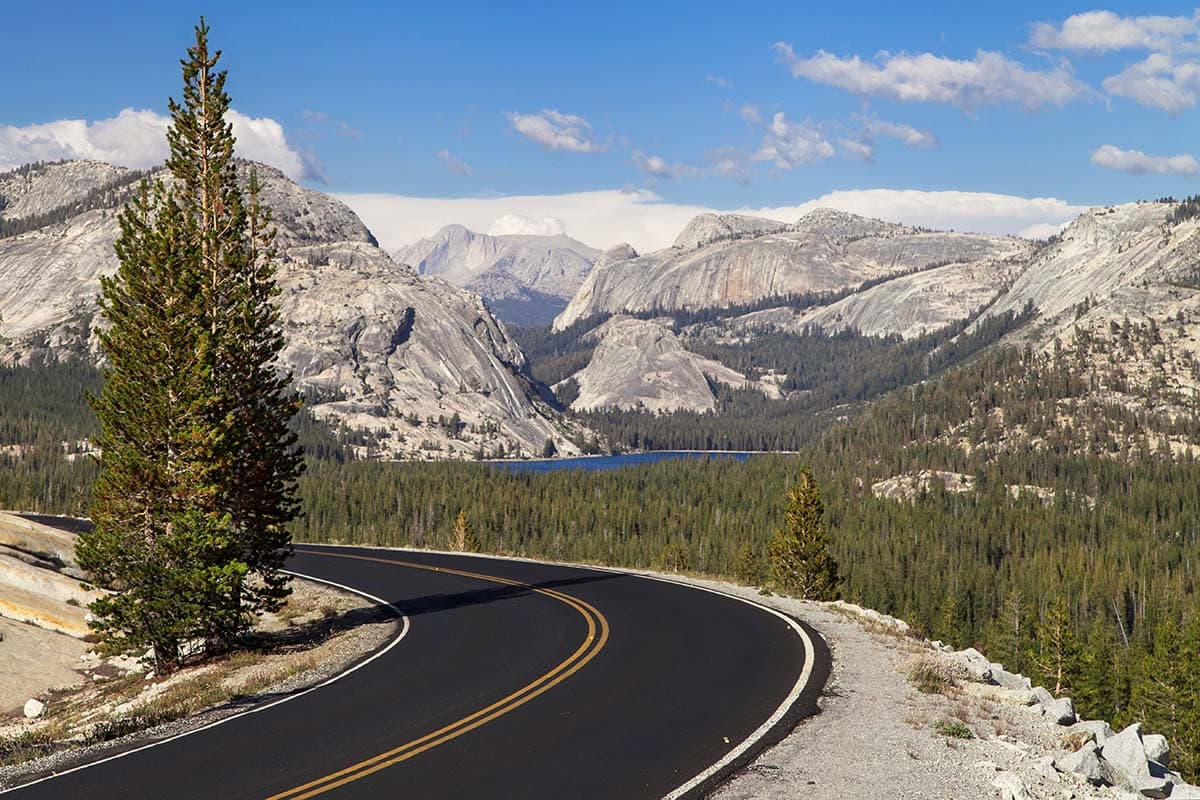
No trip to Yosemite would be complete without a venture into the park’s High Country, home to goosebump-inducing alpine lakes, oodles of backpacking trails, glacially-carved granite domes, and, of course, Tuolumne Meadows.
A favorite of beloved writer, John Muir, the toothy peaks, alpine meadows, and fragrant, old-growth pine forests of this high-elevation section of the park have their own spellbinding vibe, completely different from the lodging and restaurants and shuttle stops of the valley. Plus, there are a wealth of bucket list-worthy day hikes right off the road for hikers of any skill level.
Journey to Upper Cathedral Lake (7 miles round-trip), take a dip in chilly Tenaya Lake, stroll up Lembert Dome (2.8 miles round-trip), or simply park your car at Olmsted Point and take in the breathtaking view.
Related Read: 9 Soak-Worthy Hot Springs in California
7. Chase Waterfalls
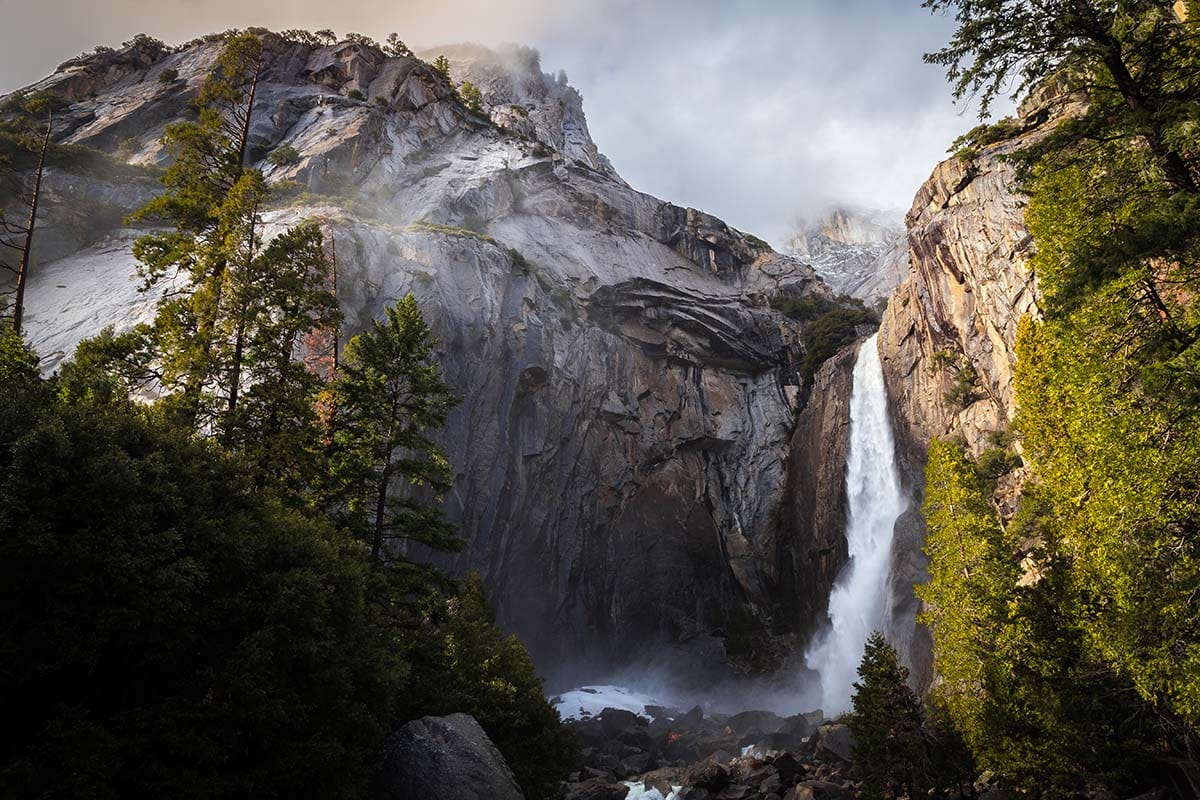
Ignore the old TLC song and, instead, go chasing waterfalls. Yosemite is famously home to some of the biggest cascades on Earth, including the tallest waterfall in North America, Yosemite Falls, accessible via a strenuous, 7.2-mile trail carved right into the side of a granitic cliff.
If you’re more of a relax and take photos kind of traveler, don’t fret. Yosemite Falls can be easily viewed from both the Yosemite Village and Yosemite Valley Lodge areas. A short, 1-mile loop trail also leads to the base of the Lower Falls, should you find yourself keen on exploring.
Other noteworthy cascades in the park include Sentinel Falls, Ribbon Falls, Bridalveil Falls, Nevada Falls, and Horsetail Falls (made famous for its annual “firefall” phenomenon, which occurs in mid-late February). With so many to choose from, it would be easy to fill an itinerary with only waterfalls. Just keep in mind that most falls only run during late winter, spring, and early summer months.
8. Escape the Crowds at Hetch Hetchy
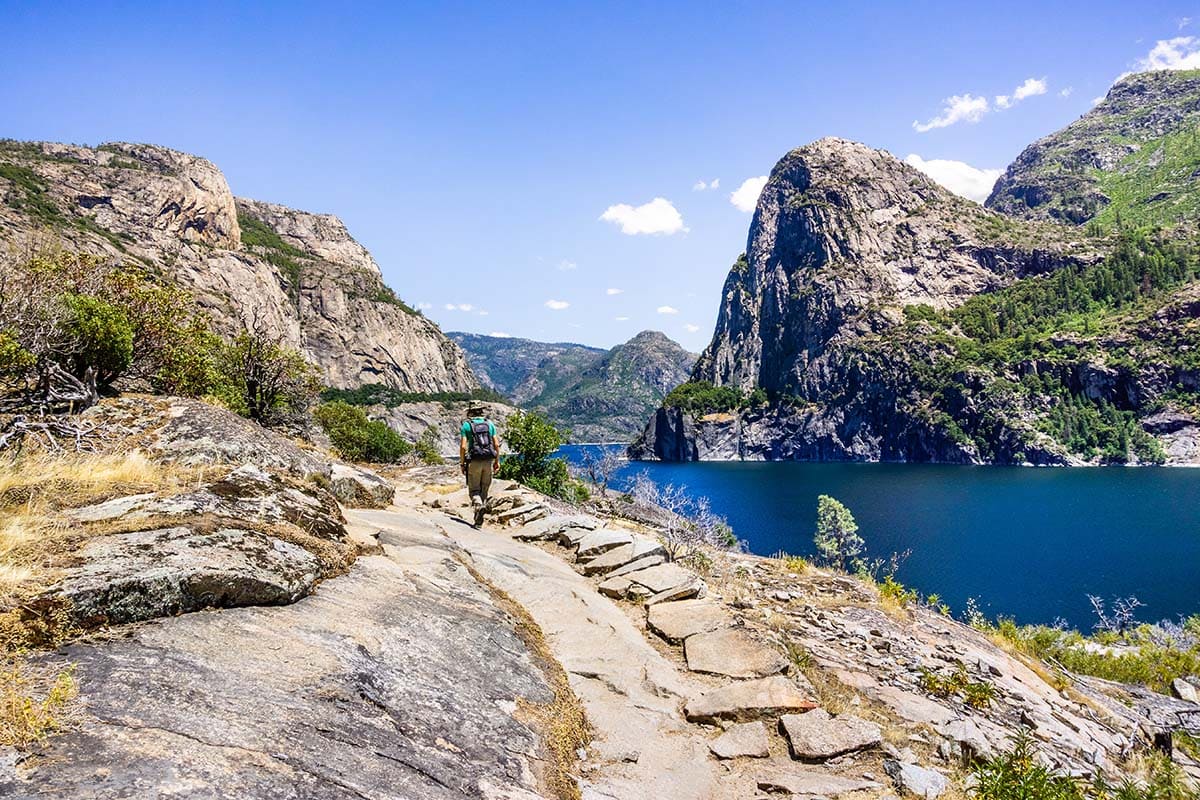
Hetch Hetchy was once touted by naturalist and writer John Muir as being as beautiful as the Yosemite Valley itself. That is, before it was dammed to provide drinking water for the city of San Francisco.
Nowadays, this northwestern corner of the park is one of the least crowded and most underrated spots to backpack, day hike, or simply enjoy the view.
Sure, the reservoir is closed to recreational boating and swimming to protect the cleanliness of the water, but rambling around its massive sapphire expanse en route to roaring Wapama or Rancheria Falls, sans tourist throngs, is pretty memorable all on its own.
Related Read: 11 Epic Winter Camping Spots in California
9. Summit a Peak
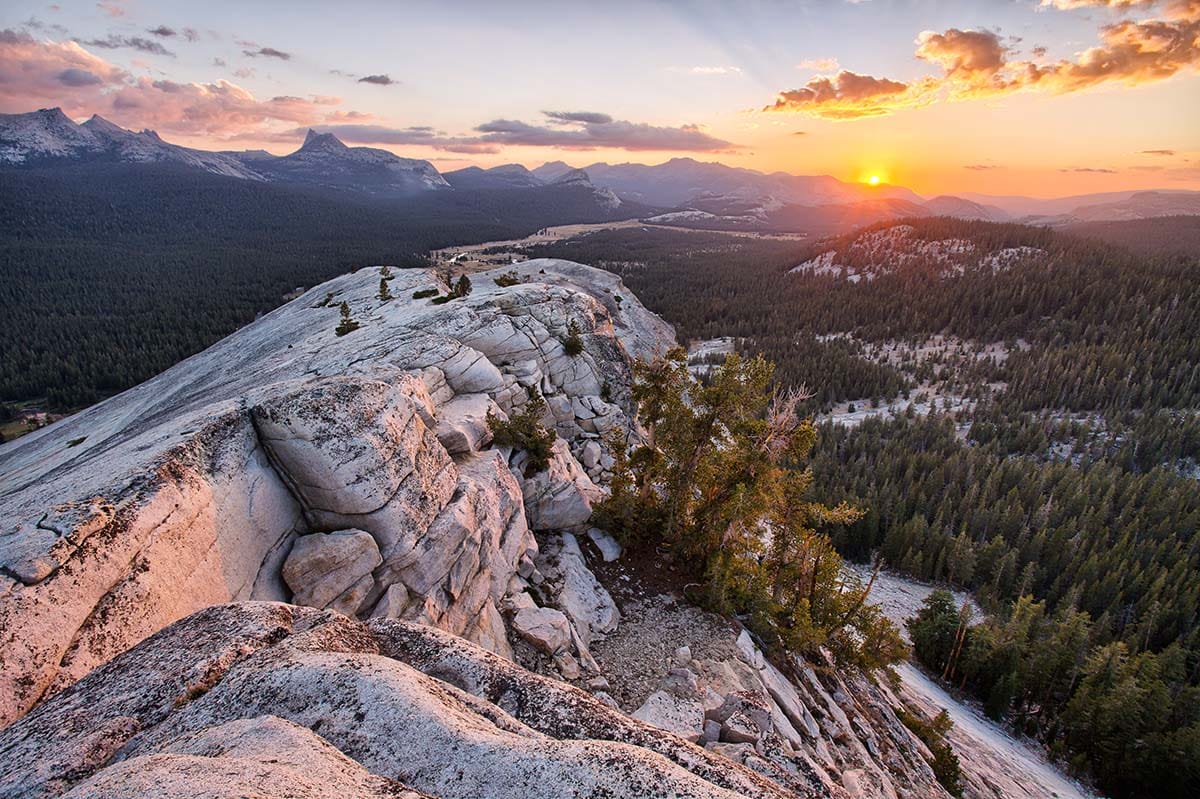
Need an adrenaline rush to feel sated before heading back home? Yosemite National Park is home to a myriad of trail-accessible summits, no climbing rope required.
For starters, Lembert Dome can easily be nabbed on a 2.8-mile hike that begins right off Tioga Road, while Mount Hoffman is an intermediate hiker’s dream; a well-worn 6 mile (round-trip) path to its summit is available whenever the snow melts and Tioga Road opens.
Half Dome, if you can score a permit in the notoriously cutthroat lottery, is accessible via a challenging, 14-mile hike topped off with a steep cables section straight up its polished granite backside.
And for those truly looking to ascend out of the tree line and into the heavens, Mount Dana, at 13,061 feet, is a worthy challenge. The use trail leading to this high-altitude summit ascends 3,103 feet from the Tioga Pass Ranger Station.
When to Visit Yosemite National Park
Yosemite National Park is huge. This means that its wide variety of elevations, attractions, and landscapes are at their best during different times of year. Yosemite Valley sits at about 4,000 feet above sea level, Hetch Hetchy is at 3,900 feet, and Tioga Pass, the highest point along the road, is nestled into an airy altitude of 9,943 feet.
If you’re looking to see Yosemite’s waterfalls at their peak, March – May are wonderful months to visit the valley – not too hot, with a torrent of fresh snowmelt pouring into every stream. If you want to backpack in the alpine expanse near Tuolumne Meadows, July – early October are your best bets to avoid snow, road closures, and sub-freezing temps.
Chances are, if you’re visiting the park, you’ll want to at least pass through Yosemite Valley, and being aware of the huge temperature swings in this area of California is essential for packing the right gear and making the most out of your trip. Spring (33 to 71 degrees) is best for waterfall viewing and low-altitude hikes.
Summer (51 to 89 degrees) is fantastic for families looking to embark on shorter treks and cool down in the park’s many lakes and rivers. Fall (32 to 83 degrees) can bring wildflowers, but the cooler temps and lack of mosquitoes make it a haven for climbers and backpackers, while winter (27 to 52 degrees) sees fewer crowds and the occasional snowstorm, even at lower elevations.
Find Your Next Adventure
Get epic travel ideas delivered to your inbox with Weekend Wanderer, our newsletter inspiring more than 10,000 readers every week.
Seen in: California, National Parks, Yosemite

